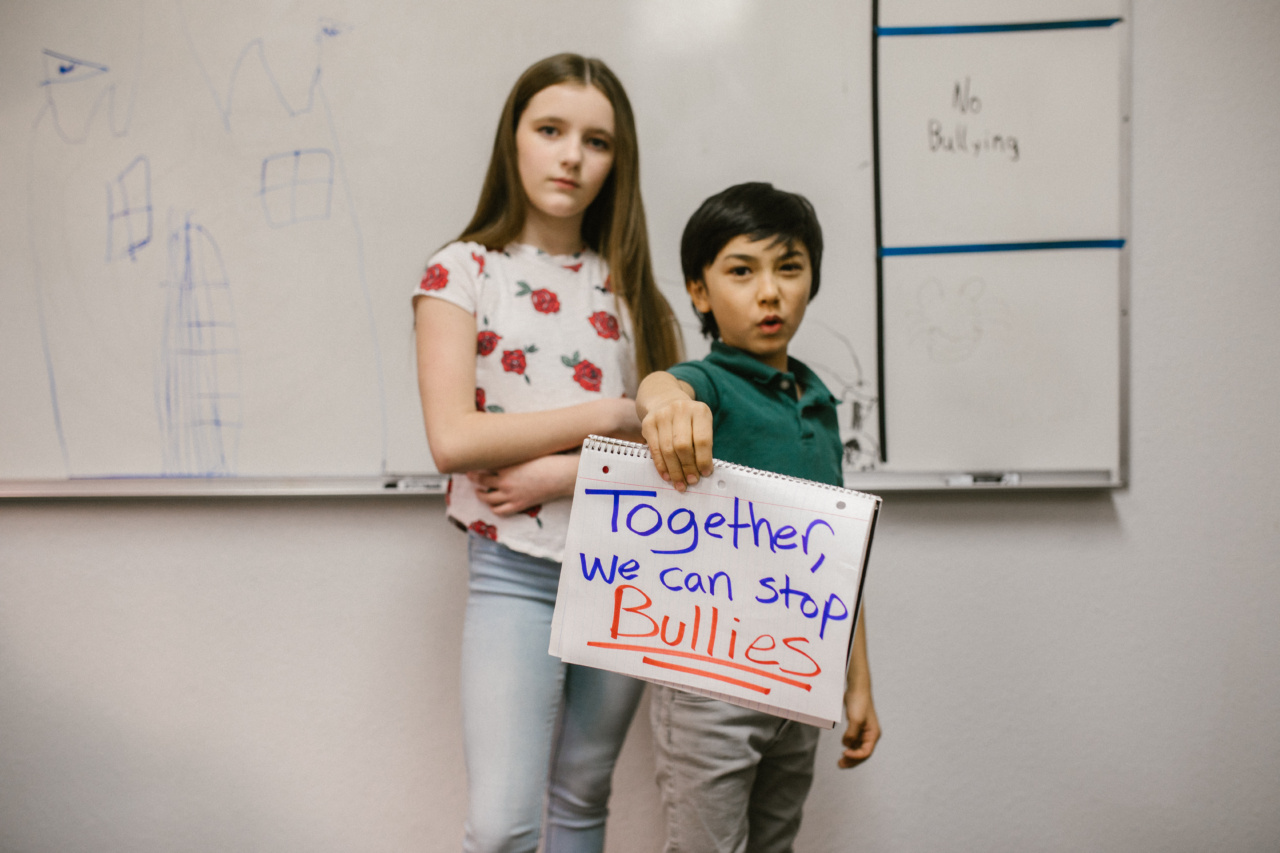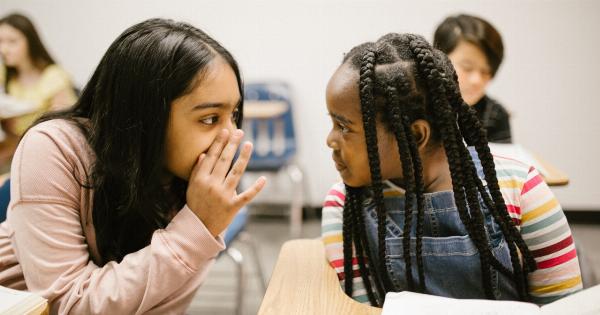Bullying is a pervasive issue in schools and communities worldwide. It takes various forms, such as physical violence, verbal abuse, exclusion, and cyberbullying.
Regardless of the form it takes, bullying can have severe and lasting effects on the victims’ mental, emotional, and physical well-being. It is essential for individuals, schools, and communities to recognize the gravity of this issue and take proactive steps to address and prevent bullying.
The Impact of Bullying on Victims
Victims of bullying often experience a range of negative consequences that can extend well into adulthood. They may suffer from low self-esteem, anxiety, depression, and a heightened risk of suicide.
Bullying can also impair academic performance, leading to lower grades and increased school dropout rates.
Furthermore, the effects of bullying are not limited to the victims alone. Witnesses or bystanders of bullying may also experience the negative outcomes of witnessing such acts, including guilt, fear, or a desensitization to violence.
Additionally, research has shown that individuals who engage in bullying behaviors are also at a higher risk of developing long-term psychological and behavioral problems.
Recognizing the Signs of Bullying
To effectively address bullying, it is crucial to recognize the signs. Some common indicators that a person may be experiencing bullying include:.
1. Changes in behavior:
Victims of bullying may display sudden changes in behavior, such as becoming withdrawn, avoiding social situations, or experiencing difficulties sleeping or eating.
2. Unexplained physical injuries:
Frequent unexplained bruises, cuts, or other injuries may be a sign that someone is being physically bullied.
3. Emotional distress:
Bullying can cause emotional distress, leading to symptoms of anxiety, depression, or increased mood swings.
4. Academic decline:
A sudden decline in academic performance or a lack of interest in school activities can be an indication that a student is being bullied.
5. Loss of belongings:
Bullying may manifest as the repeated loss or damage of personal possessions, such as books, clothing, or electronics.
Taking a Stand Against Bullying
Addressing and preventing bullying requires a collective effort from individuals, schools, and communities. Here are some strategies that can help combat bullying:.
1. Education and awareness:
Creating awareness about the consequences of bullying and providing education about empathy, respect, and inclusivity can help prevent bullying from occurring in the first place.
2. Developing strong policies:
Schools and organizations need to establish comprehensive anti-bullying policies that outline clear consequences for perpetrators and support systems for victims.
3. Encouraging open communication:
Creating a safe environment for victims to report bullying incidents, as well as providing anonymous reporting options, ensures that incidents are addressed promptly.
4. Fostering empathy and kindness:
Promoting empathy and kindness within schools and communities helps create an inclusive environment where bullying is less likely to occur.
5. Empowering bystanders:
Equipping witnesses and bystanders with the necessary skills to intervene effectively and safely can prevent or stop bullying incidents.
6. Providing support to victims:
Victims of bullying should receive immediate support, counseling services, and access to resources that can help rebuild their self-esteem and resilience.
7. Collaboration with parents and guardians:
Involving parents and guardians in bullying prevention efforts fosters a cooperative approach and ensures consistency in addressing bullying both at school and home.
8. Utilizing technology for good:
Using technology and social media platforms to spread awareness about bullying prevention, provide resources, and promote kindness campaigns can have a positive impact.
9. Promoting positive role models:
Highlighting and celebrating individuals who embody kindness, empathy, and inclusivity helps create a culture where these values are valued and respected.
10. Continuous evaluation and improvement:
Regularly assessing the effectiveness of bullying prevention strategies and making necessary adjustments ensures that the approach remains relevant and impactful.
Conclusion
Bullying is a deeply concerning issue that affects individuals and communities worldwide.
By recognizing the signs of bullying, taking a stand against it, and implementing robust prevention strategies, we can foster environments where kindness, empathy, and inclusion prevail. Together, we can create a world where everyone feels safe, respected, and free from the fear of bullying.

























